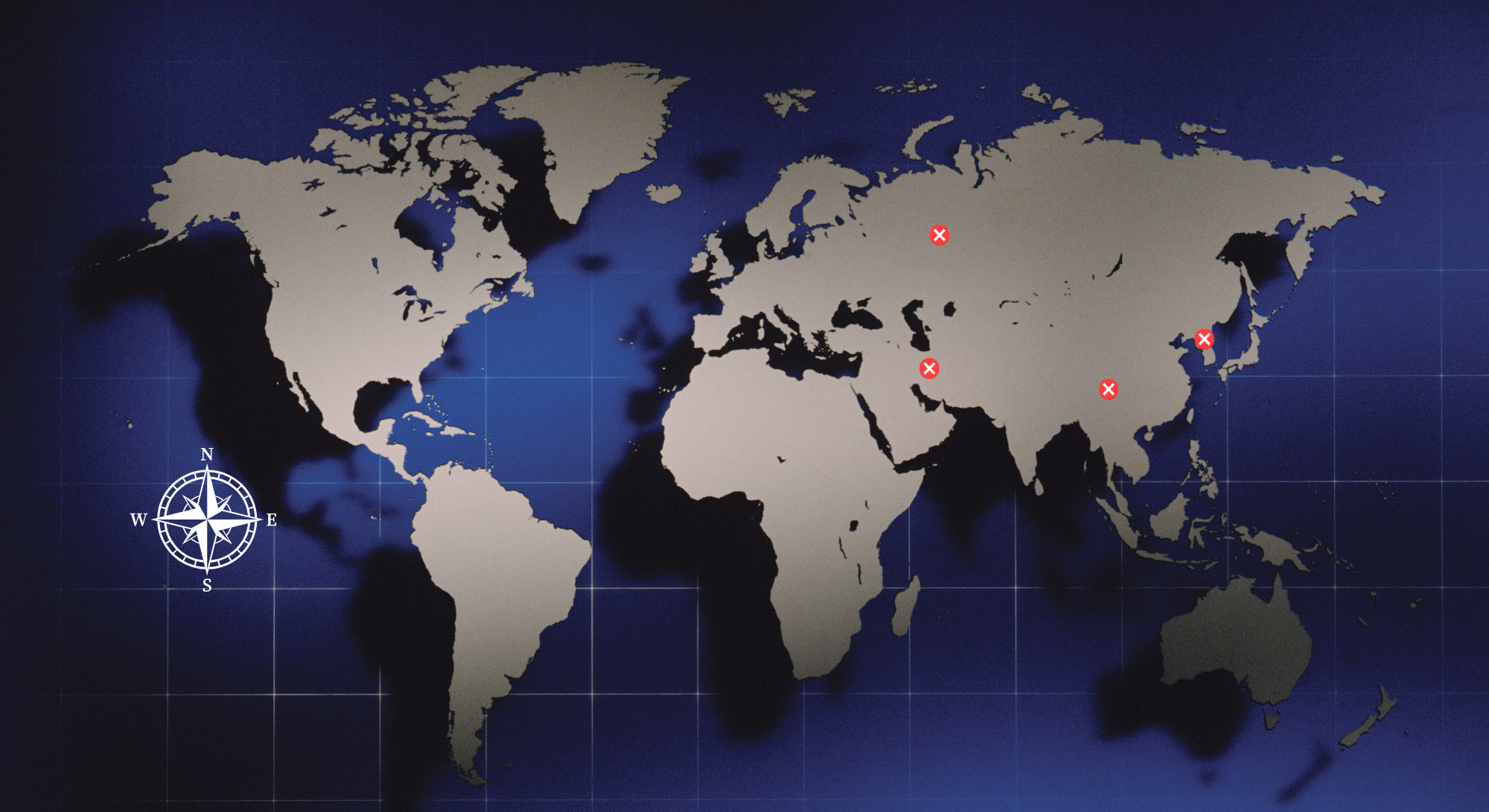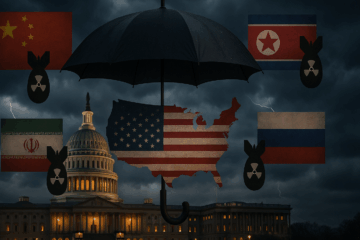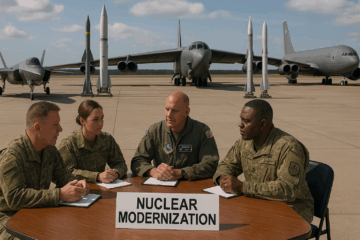This article, “The Evolving Context for Deterrence” by Prof. Stephen J. Cimbala and Dr. Adam Lowther was published in the Joint Airpower Competency Center journal, viewpoints edition 38. Its main discussion centers on how NATO faces significant and evolving challenges in maintaining effective deterrence in the face of modern geopolitical and technological developments. The authors discuss the complexities introduced by cyber and space domains, the threat of Russian aggression, the potential for Chinese military action, and the role of advanced technologies such as hypersonic weapons and drones. It emphasizes the importance of a united NATO response and the need for both policy and technological advancements to ensure robust deterrence capabilities. They argue that modern deterrence is more uncertain and complex than during the Cold War, necessitating a comprehensive and adaptable approach to meet current and future threats, and highlight key challenges facing NATO’s deterrence strategy, including cyberattacks, space asset vulnerabilities, hypersonic weapons, missile defense, drones, conventional-nuclear integration, China’s nuclear capabilities, and political unity within member-states.
The Evolving Context for Deterrence
For NATO to improve its deterrence strategy it must prioritize cybersecurity, enhance space asset resilience, address hypersonic threats, improve missile defense systems, adapt to drone warfare, deter conventional-nuclear integration, monitor China’s nuclear capabilities, and strengthen political unity.






